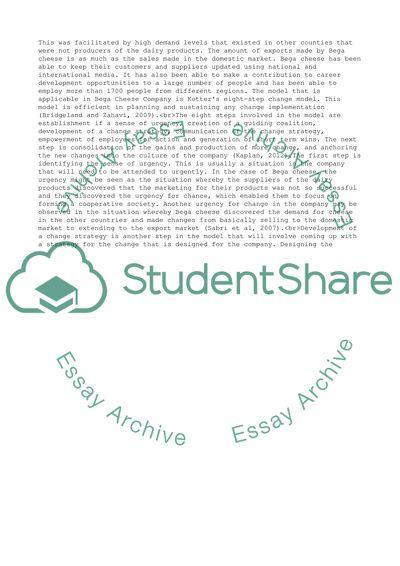Cite this document
(“Leading in emergent and changed environment Case Study”, n.d.)
Leading in emergent and changed environment Case Study. Retrieved from https://studentshare.org/management/1690511-leading-in-emergent-and-changed-environment
Leading in emergent and changed environment Case Study. Retrieved from https://studentshare.org/management/1690511-leading-in-emergent-and-changed-environment
(Leading in Emergent and Changed Environment Case Study)
Leading in Emergent and Changed Environment Case Study. https://studentshare.org/management/1690511-leading-in-emergent-and-changed-environment.
Leading in Emergent and Changed Environment Case Study. https://studentshare.org/management/1690511-leading-in-emergent-and-changed-environment.
“Leading in Emergent and Changed Environment Case Study”, n.d. https://studentshare.org/management/1690511-leading-in-emergent-and-changed-environment.


